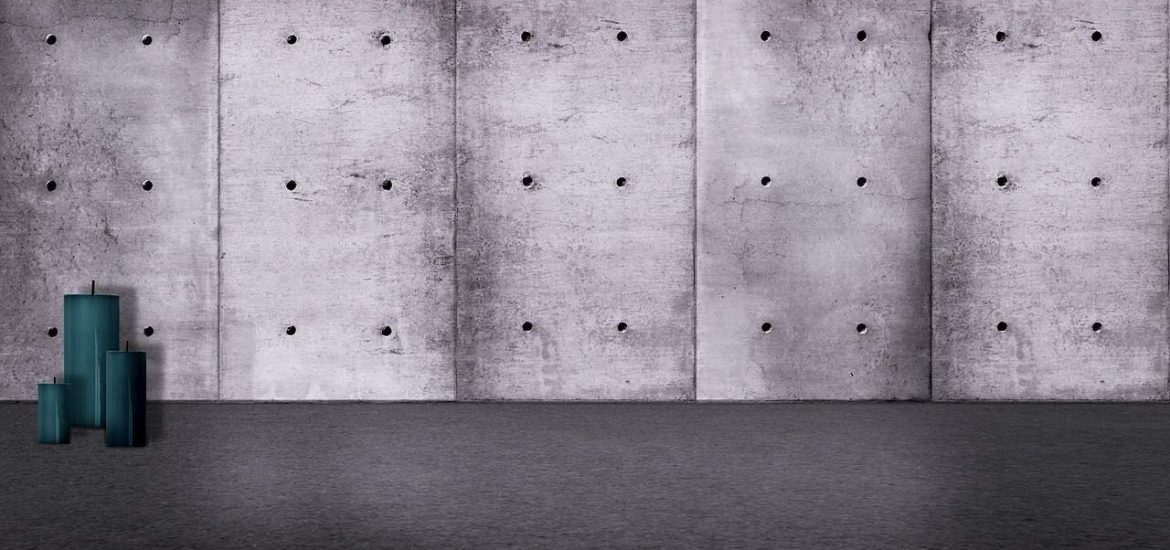Sustainable concrete, also called inexperienced concrete or green concrete, is a form of concrete that dreams to lessen the environmental effect related to conventional concrete production and use. The introduction organisation is a widespread contributor to environmental degradation, and urban production, specially, is known for its high carbon footprint due to the huge amount of power required for cement manufacturing and the discharge of greenhouse gases for the duration of the manner. Sustainable concrete seeks to cope with the ones problems with the aid of incorporating recycled materials, using opportunity cementitious materials inclusive of fly ash or slag, and decreasing the overall carbon footprint of the concrete manufacturing procedure. Additionally, sustainable concrete practices also can encompass optimizing the mixture layout to lessen the amount of cement used, the usage of renewable strength sources in production centers, and implementing techniques to lower waste era and enhance water utilization.
By selling the usage of sustainable concrete, the construction enterprise can substantially reduce its environmental impact and make contributions to international efforts to fight weather alternate. Additionally, sustainable concrete can provide rate savings via reducing the reliance on conventional uncooked materials and lowering average energy intake within the course of manufacturing. Overall, sustainable concrete offers a more environmentally pleasant and economically possible alternative to conventional concrete production techniques, making it a valuable solution for the development industry’s ongoing sustainability efforts.
Reduced Carbon Emissions: Sustainable concrete often includes opportunity substances which includes fly ash, slag, silica fume, or recycled aggregates to update a part of cement. These substances generally have lower embodied carbon than conventional cement, ensuing in reduced carbon emissions associated with concrete production. Sustainable concrete can help reduce the construction indusrty’s environmental footprints in the following ways:-
- Energy Efficiency: Sustainable concrete production methods can be optimized to reduce power intake. This includes using power-inexperienced kilns for cement production, optimizing transportation routes to reduce fuel intake, and utilizing renewable strength sources to electricity manufacturing facilities.
- Waste Reduction and Recycling: Sustainable concrete targets to limit waste era by using the usage of recycled substances such as recycled aggregates from advent and demolition waste, thereby reducing the amount of cloth sent to landfills. Additionally, incorporating business thru-merchandise like fly ash and slag lets in to divert those materials from disposal websites.
- Longevity and Durability: Sustainable concrete frequently emphasizes durability and toughness, leading to reduced renovation and opportunity dreams over the lifecycle of a shape. This reduces the general environmental impact by using minimizing the property required for preservation and renovations.
- Water Conservation: Sustainable concrete manufacturing aims to limit water usage and pollutants. Water recycling systems are regularly carried out to lessen freshwater consumption, and technology like self-consolidating concrete require less water during blending, decreasing standard water usage in creation initiatives.
- Certification and Standards: Various certification applications and sustainability requirements exist for concrete merchandise, such as LEED certification and the CSC certification. Adherence to these standards encourages the adoption of sustainable practices and presents guarantee to stakeholders concerning the environmental performance of concrete merchandise.
- Life Cycle Assessment (LCA): Sustainable concrete considers the complete lifestyles cycle of a structure, from raw fabric extraction to construction, operation, protection, and eventual demolition or recycling. Life cycle tests assist identify opportunities for development and manual decision-making toward the most environmentally favorable alternatives.
By incorporating those ideas and practices, sustainable concrete can play a crucial role in lowering the environmental footprint of the development company, making it greater environmentally responsible and resilient inside the face of worldwide demanding situations collectively with climate trade and useful resource depletion.
Sustainable concrete consists of the usage of environmentally pleasant materials, incorporating recycled aggregates, and reducing carbon emissions inside the direction of manufacturing. By implementing the ones practices, the development industry can drastically decrease its impact on the environment. Sustainable concrete additionally improves the sturdiness and durability of systems, decreasing the want for frequent upkeep and replacements, in the long run preserving belongings ultimately. Additionally, the use of sustainable concrete can contribute to a decrease in greenhouse gas emissions, helping to fight weather change. Embracing sustainable concrete is important for the business enterprise to come to be more responsible and resilient inside the face of environmental annoying situations, ensuring a more sustainable destiny for generations to come back .
- About the Author
- Latest Posts
A passionate advocate for all natural and sustainable ideas. With a background in sustainable economics science and a deep love for nature, Sojy has dedicated his career to promoting eco-friendly practices and encouraging others to live a more sustainable lifestyle. He is an avid hiker, gardener, and cook, and loves experimenting with natural ingredients in his recipes and lifestyle routines. Sojy believes that small changes can make a big impact and is constantly seeking out new ways to reduce his carbon footprint and inspire others to do the same




